Table of Contents
ToggleSilicone materials have revolutionized multiple industries due to their versatility, biocompatibility, and performance. Among the various silicone types, food-grade liquid silicone rubber (LSR) and soft medical-grade silicone are two high-purity materials that are often compared. While they may appear similar, their formulations, compliance standards, and application use cases differ significantly.

In this article, we’ll explore the differences between food-grade liquid silicone rubber and soft medical-grade silicone, helping manufacturers, engineers, and buyers select the right material for their specific needs.
1. What Is Liquid Silicone Rubber (LSR)?
Liquid Silicone Rubber (LSR) is a two-part platinum-cured silicone that can be injection molded into complex shapes. It is known for its:
- Excellent flexibility
- High thermal resistance
- Chemical inertness
- Long-term durability
LSR is commonly used in both food-grade and medical-grade applications, but with different formulations and standards.
2. What Defines “Food-Grade” Liquid Silicone Rubber?
Food-grade LSR is a formulation that meets specific safety standards for materials intended to come into contact with food or beverages. These standards are governed by regulatory bodies such as:
- FDA (U.S. Food and Drug Administration)
- LFGB (German Food, Articles of Daily Use and Feed Code)
- EU Regulation 1935/2004
🔍 Key Features of Food-Grade LSR:
- Odorless and tasteless
- Non-toxic and inert when in contact with food
- Resistant to high and low temperatures (-50°C to +200°C)
- Dishwasher and microwave safe
- Resistant to fats, oils, and acids commonly found in food
✅ Typical Applications:
- Baby bottle nipples and pacifiers
- Food molds and baking trays
- Seals and gaskets in coffee machines and juicers
- Kitchenware handles and spatulas
- Reusable food containers and drinkware

3. What Is Soft Medical-Grade Silicone?
Medical-grade silicone is a specialized type of silicone that meets stringent biocompatibility requirements for use in medical devices and healthcare applications. Soft medical-grade silicone refers to materials with a lower durometer (softer feel) that are gentle on human tissue.
Medical-grade silicone must pass certification standards such as:
- USP Class VI
- ISO 10993 (Biocompatibility)
- FDA CFR 21 Part 820
- ISO 13485 (Medical device quality management)
🔍 Key Features of Medical-Grade Silicone:
- Biocompatible and non-irritating to skin and tissue
- Sterilizable via autoclave, gamma, or EtO methods
- Resistant to body fluids, medications, and harsh cleaning agents
- Ultra-pure, with low extractables and leachables
- Customizable softness for skin-contact or implantable devices
✅ Typical Applications:
- Catheters and tubing
- Respiratory masks and nasal pillows
- Menstrual cups and tampon applicators
- Wound dressings and ostomy products
- Soft implantable devices (short-term or long-term use)
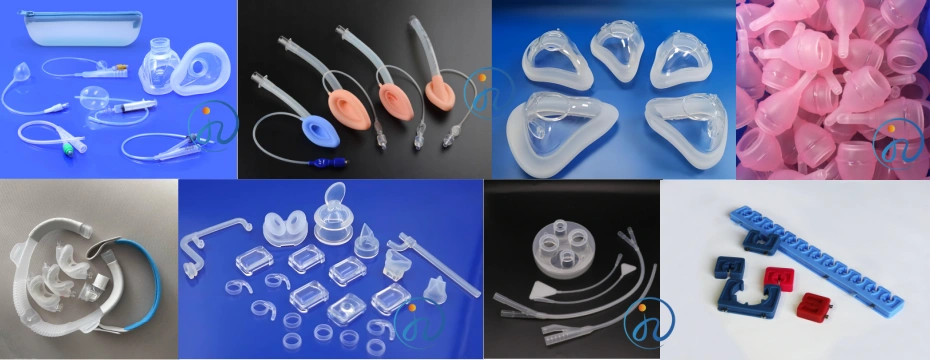
4. Key Differences Between Food-Grade LSR and Medical-Grade Silicone
| Property | Food-Grade Liquid Silicone Rubber | Soft Medical-Grade Silicone |
|---|---|---|
| Compliance Standards | FDA, LFGB, EU 1935/2004 | USP Class VI, ISO 10993, FDA CFR 21 |
| Biocompatibility | Suitable for oral contact | Suitable for skin, mucosa, and internal use |
| Purity Level | High | Ultra-high |
| Applications | Baby care, kitchenware, beverage containers | Medical devices, implants, diagnostics |
| Sterilization | Dishwasher, boiling, autoclave | Autoclave, gamma radiation, EtO |
| Cost | Lower to moderate | Moderate to high |
| Durometer Range | 20–70 Shore A (varies) | 10–50 Shore A (softer feel) |
5. Manufacturing and Processing Differences
🔧 Injection Molding for Food-Grade LSR
- High-speed production
- Suitable for mass-market consumer goods
- Focus on food safety, reusability, and ease of cleaning
- Colors and transparency easily adjustable
🩺 Molding for Medical-Grade Silicone
- Cleanroom production environments (ISO Class 7 or better)
- Additional validations for traceability and lot control
- Focus on zero contamination and batch consistency
- Often includes post-curing for outgassing residuals
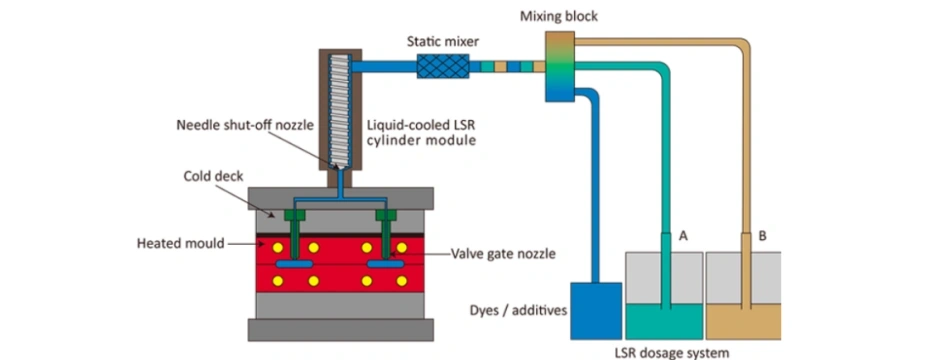
6. Regulatory and Testing Requirements
Food-Grade LSR Must Pass:
- FDA 21 CFR 177.2600 (Rubber articles for food contact)
- Migration tests (LFGB, EU standards)
- Mechanical safety (tear resistance, compression set)
Medical-Grade Silicone Must Pass:
- Cytotoxicity tests
- Sensitization and irritation tests
- Hemocompatibility (for blood-contact devices)
- Long-term implant testing (for specific applications)
7. Considerations for Product Designers and Engineers
When selecting between food-grade LSR and soft medical-grade silicone, consider the following:
🟢 Choose Food-Grade LSR If:
- The product comes into contact with food or drink
- The design requires frequent temperature changes (e.g., microwaving)
- You are creating mass-produced consumer products
- Regulatory compliance focuses on FDA/LFGB standards
🟣 Choose Soft Medical-Grade Silicone If:
- The product is intended for use on or inside the human body
- You require high purity and biocompatibility
- The product must be sterilized by hospitals or clinics
- You need to meet medical device compliance standards
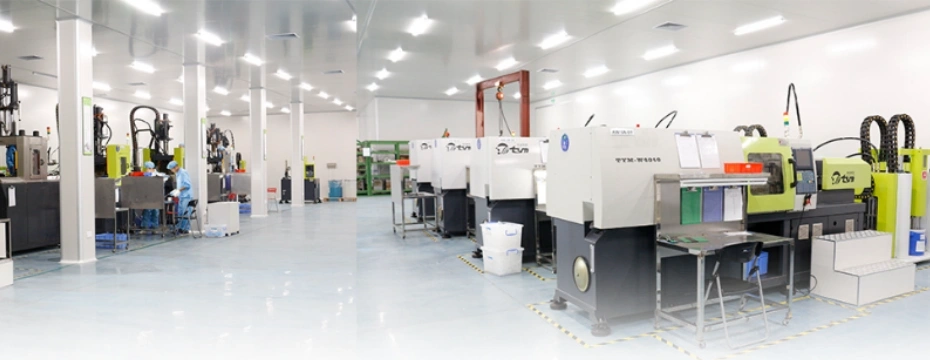
8. Can Food-Grade Silicone Be Used for Medical Devices?
The short answer is no, unless it has also passed medical-grade certifications.
While food-grade LSR is safe for ingestion and skin contact in low-risk consumer applications, it does not meet the rigorous standards required for:
- Implantables
- Long-term skin contact
- Use in open wounds or internal organs
Always verify the material certification with the manufacturer and ensure it aligns with regulatory expectations of the end-use environment.
9. Trends and Innovations in Silicone Applications
As consumer and healthcare markets evolve, both food-grade and medical-grade silicone are playing key roles in innovation:
- Smart kitchen appliances now use LSR seals with integrated sensors
- Wearable medical devices require ultra-soft, skin-friendly silicones
- Reusable menstrual products made with medical-grade silicone are growing in popularity
- Baby care products are increasingly manufactured with dual-certified silicone (both FDA and USP Class VI)
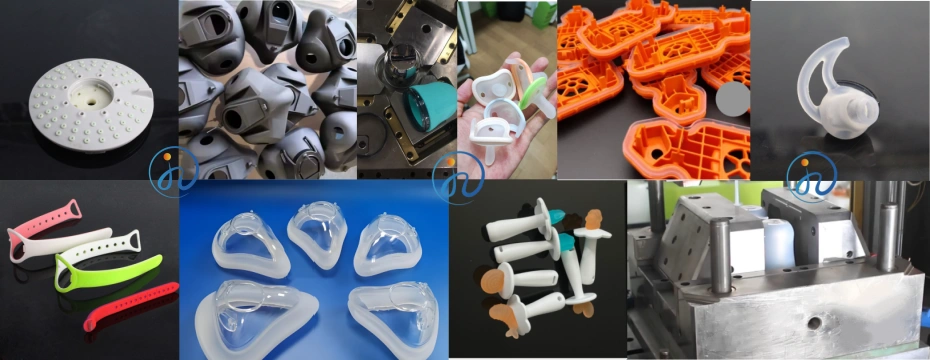
10. Conclusion: Choose the Right Silicone for the Right Job
Both food-grade liquid silicone rubber and soft medical-grade silicone offer outstanding performance, safety, and reliability—but they are designed for very different end uses.
- Food-grade LSR is ideal for consumer products, especially those in contact with food, drink, and infants.
- Soft medical-grade silicone is engineered for clinical performance, patient safety, and regulatory compliance in healthcare and wellness applications.
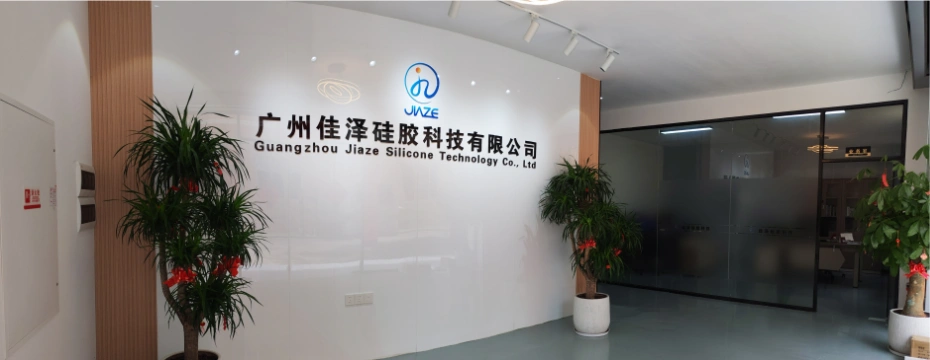
When choosing between the two, always consider the compliance level, risk of exposure, and end-use environment. Working with an experienced silicone manufacturer ensures you select the right grade, process, and certification for your specific product.